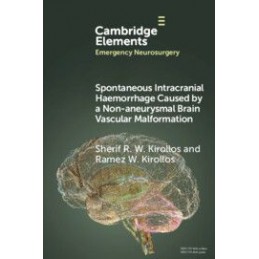- Reduced price

Order to parcel locker

easy pay


 Delivery policy
Delivery policy
Choose Paczkomat Inpost, Orlen Paczka, DHL, DPD or Poczta Polska. Click for more details
 Security policy
Security policy
Pay with a quick bank transfer, payment card or cash on delivery. Click for more details
 Return policy
Return policy
If you are a consumer, you can return the goods within 14 days. Click for more details
Data sheet
Reference: 96995
Author: Bessie L. Marquis
Reference: 50312
Author: Todd H. Baron
Reference: 10058
Author: Josef E. Fischer
Reference: 100977
Author: James Cherry
2-Volume Set
Reference: 101490
Author: Bruno Carpentieri
